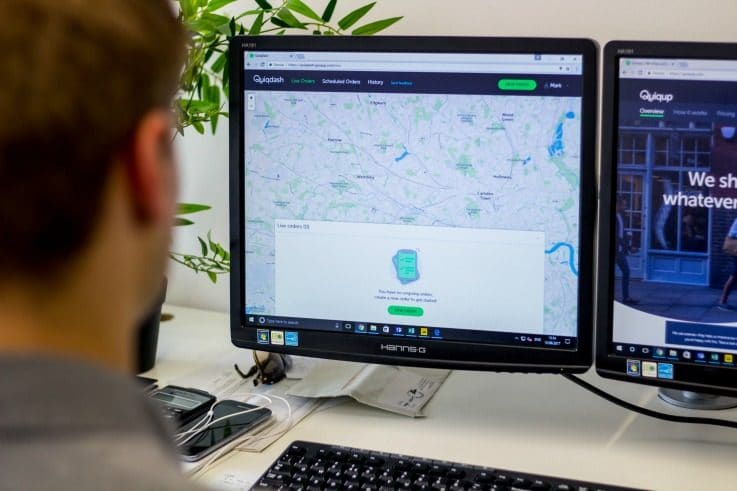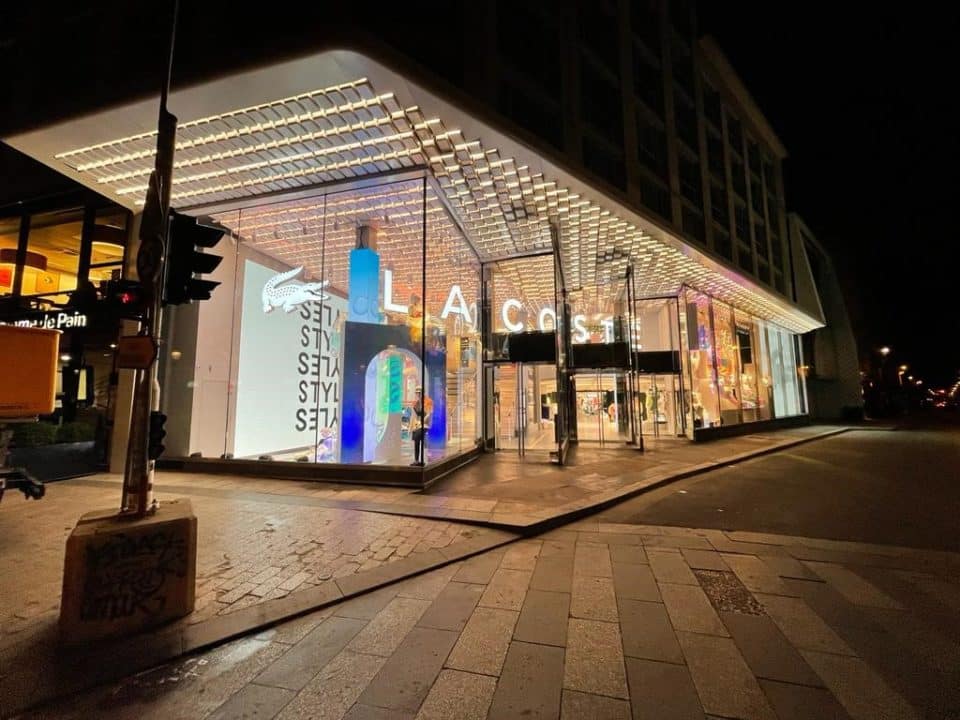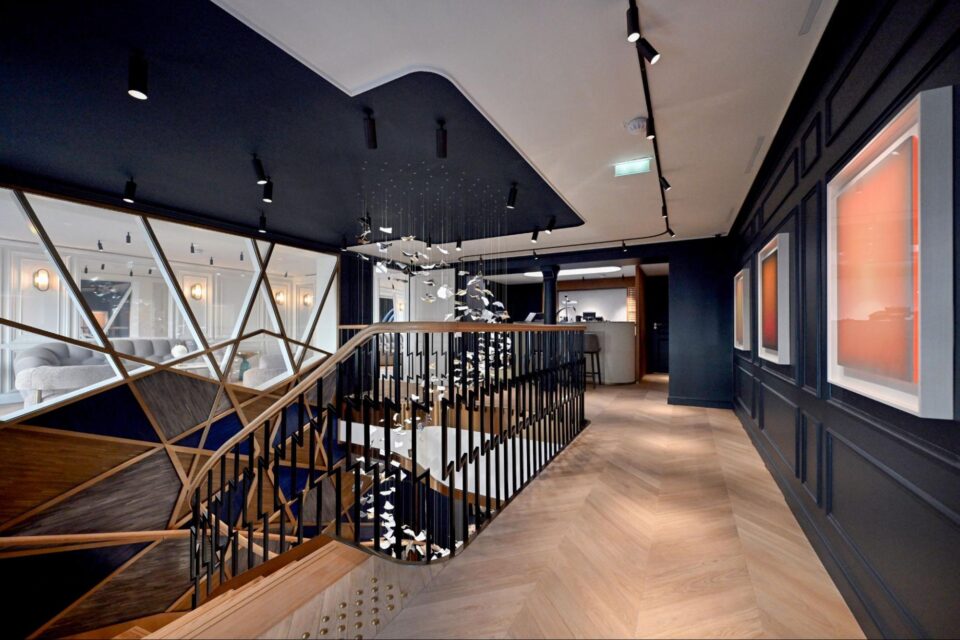Is ship-from-store the future of on-demand delivery?

Tim Chen, Business Content Writer at Quiqup, explains how on-demand delivery is a great way to maximise retailers’ online and physical assets
It’s no revelation that retail is going omnichannel. With the growing ubiquity of smartphone penetration and retailers creating their own mobile apps, consumers are blending online and offline channels to discover, access and purchase goods. Evenmore so, they are increasingly demanding fast, convenient and flexible delivery options as an expected part of their retail journey. The question is: how can retailers respond without burning millions on an omnichannel strategy?
Research from Statista shows that 54% of high street shoppers already demand flexible delivery options. 51% of online consumers in the UK rank fast delivery as one of the most important factors in the purchasing decision. According to OC&C Strategy Consultants, the home delivery and click & collect market will double at the expense of purely in-store retailers by 2025.
When the consumer chooses to order something online for their convenience – they win back time they might’ve spent walking to the shops. In doing that, however, brick and mortars are also starved of revenue. Facing solid headwinds from digital giants and shifting market trends, traditional brick and mortar merchants are presented with the choice to adapt, or atrophy. How can retailers effectively use both their physical and online assets to maximise revenue and offer their customers the uniform, omnichannel experience they demand?
The ship-from-store model is the strategy which brick and mortar retailers, both big and small, can employ to remain competitive in the digital age. And as the name suggests, it’s a retail strategy that makes in-store products available to both walk-in and online customers. Retailers turn stores into fulfilment centres for online orders by using existing physical space as inventory hubs of click & collect and deliveries.
Think about it this way, click & collect was the first step of mixing online and offline assets, where the digital consumer browses online and comes in-store to pick up their goods. Ship-from-store is the next step, where stores are used both for walk-in customers, click & collect orders and as warehouses for local deliveries.
The logic behind the ship-from-store tactic is simple, and compelling. In the case of independent retailers yet to make the digital leap — if you already have the physical space for traditional walk-in customers, why not leverage that real estate to facilitate deliveries, too? It creates overlapping capacities as a storefront and a warehouse, thereby cutting the costs of decentralised warehousing, spawning along the way a feasible e-commerce strategy. On top of that, you double the reach of customers given x amount of fixed costs, as well as enabling sensible stock optimisation and margin increases.

By optimising in-store inventory, retailers can drive revenue growth by capturing orders that might otherwise have been lost. Kurt Salmon, a consultancy firm, estimates that revenues can increase by 10 to 20% simply by avoiding lost orders, with Men’s Wearhouse preventing some 1,000 lost orders per day after adopting the model, for instance.
For larger retailers with an extensive network of physical shopfronts, shipping from stores means each store can serve to cover the whole city area, extending their reach to more consumers at no additional cost.
This not only reduces the need to invest in additional distribution centres, but the location of real estate also comes into play: when products are stocked in central locations closer to customers, they can be delivered faster and at lower transport costs.
Central for the functioning of the ship-from-store model is an efficient and flexible logistics platform and the tech to support it — in other words, on-demand deliveries. Shipping from stores is entirely meaningless if it takes a day or more for goods to be moved around, since consumer preference for instant gratification requires merchants to be ready to deliver goods or move stocks between stores whenever the customer should demand it.
This means that retailers eager to adopt the model need to have the vehicles, staff and infrastructure to physically transport goods, as well as the technical capability to support that operation and achieve inventory visibility. The on-demand logistics services offered by Quiqup aims to solve these challenges and facilitate adoption of the ship-from-store model by retailers of all scales and verticals.
The benefits to be gained by the model are enticing, powering retailers to merge and maximise their physical and online assets. And these advantages are highly scalable — the more stores a retailer has, the more they stand to benefit by adoption.
Indeed, the ship-from-store model does provide an avenue through which in-store only businesses can go digital, as well as offering a channel for existing e-commerce players to become more competitive and drive revenue. But it’s about more than merely surviving the deluge of digital titans — it’s an evolution of the retail model that wasn’t possible before the spawn of on-demand logistics.
Content by Quiqup, the on-demand logistics service that enables retailers to deliver their goods whenever needed. The company also offer logistics and technology solutions, among which a digital storefront and an API integration, to enable e-commerce companies to add on-demand delivery to their offering.
Watch this space for more interviews, retail openings and retail innovations. You can also follow us on Twitter, Facebook or check out our LinkedIn page. See you soon!



